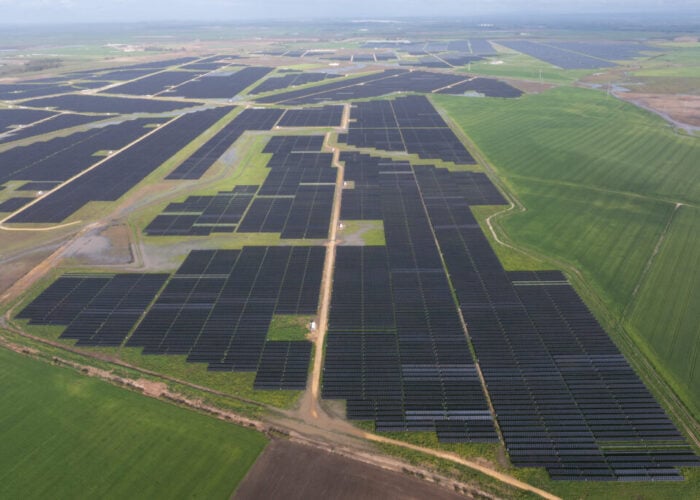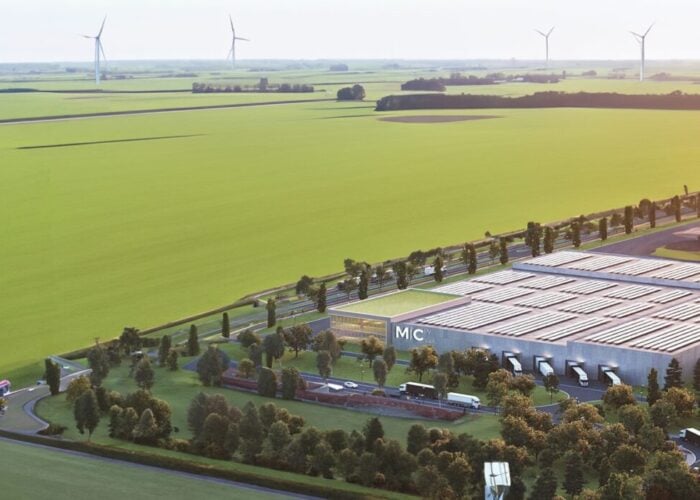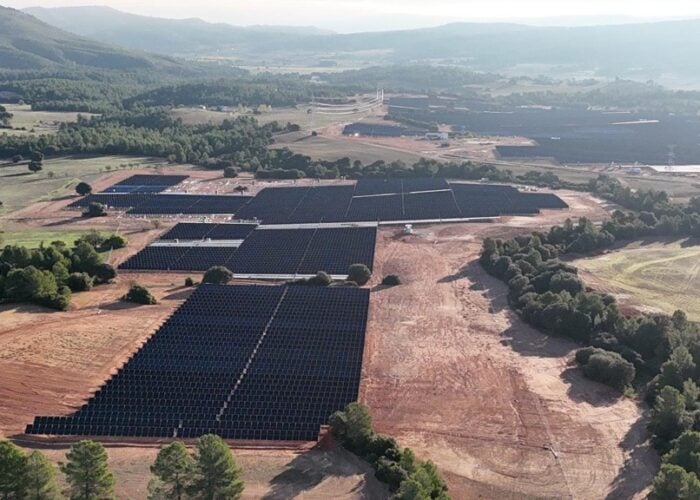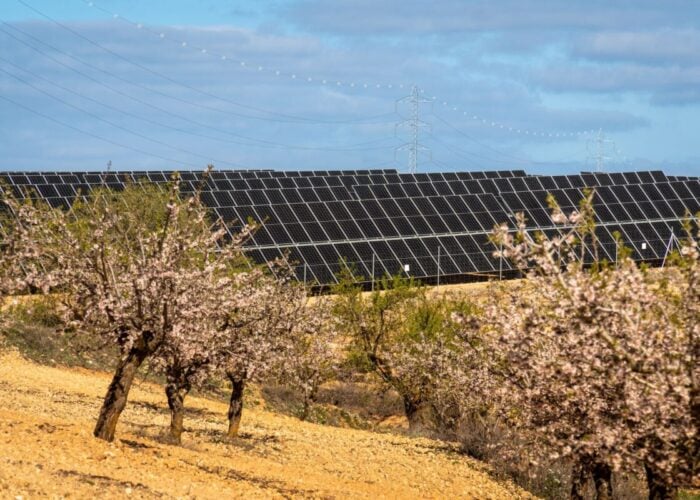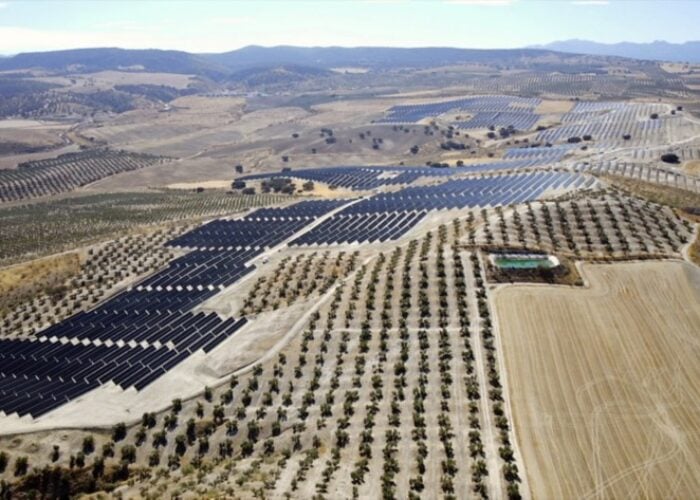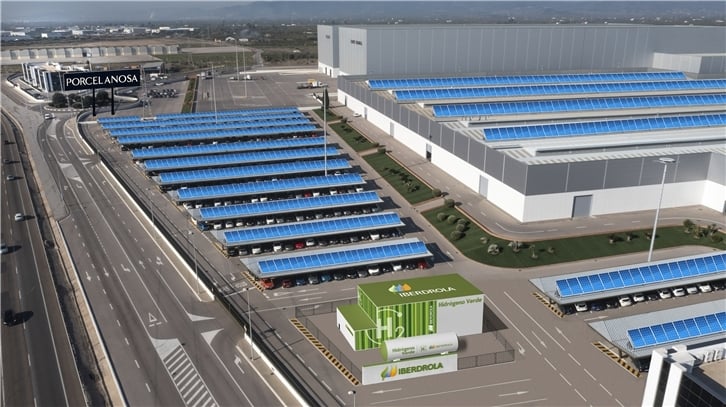
Spanish energy group Iberdrola is hoping to launch a solar-plus-hydrogen power project to decarbonise ceramic tile maker Porcelanosa’s production process.
It is hoped the project, called GREENH2SKER, will replace “up to half of the natural gas used” in Porcelanosa’s factory in Villarreal in eastern Spain with green hydrogen by installing an electrolyser powered by a solar PV system.
Try Premium for just $1
- Full premium access for the first month at only $1
- Converts to an annual rate after 30 days unless cancelled
- Cancel anytime during the trial period
Premium Benefits
- Expert industry analysis and interviews
- Digital access to PV Tech Power journal
- Exclusive event discounts
Or get the full Premium subscription right away
Or continue reading this article for free
The new energy system will also include a “high-efficiency” structure to make use of excess waste heat and heat from the production lines.
Iberdrola will also partner with Sacmi, a ceramic industry plant and machinery manufacturer, on the project, which has been presented to investment vehicle the European Innovation Fund Small Scale Projects programme.
The Spanish utility said in a statement that this is the first time it has partnered with a ceramic manufacturer on a hydrogen project, adding that the initiative “opens the road to the decarbonisation of this sector and other thermal energy-intensive industries which are currently heavy users of fossil fuels.”
Earlier this year, Iberdrola said it intends to double its spend on renewable energy to €150 billion (US$180.8 billion) by the end of the decade, and targeted adding 93GW of clean energy capacity in the same time.
The company is also one of three that have joined forces with the Renewable Hydrogen Coalition this year to call for a rapid acceleration of renewable deployment in Europe to support the continent’s target of installing at least 6GW of green hydrogen electrolysers by 2024.
The European Union’s green hydrogen strategy calls for the power source to become an “intrinsic part” of the continent’s energy mix over the next decade, requiring 40GW of new electrolysers by 2030.

